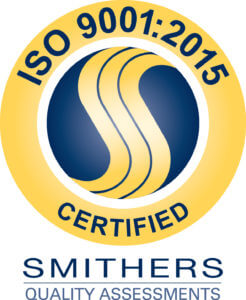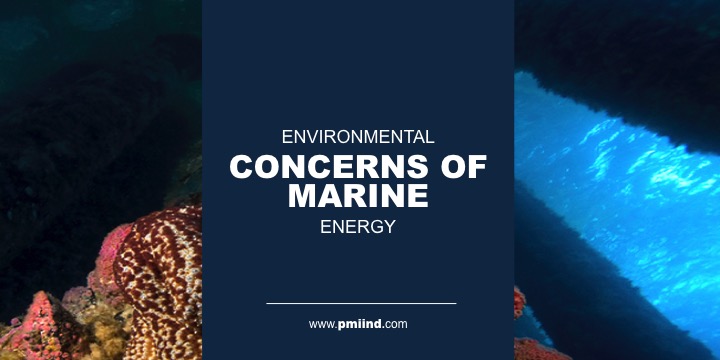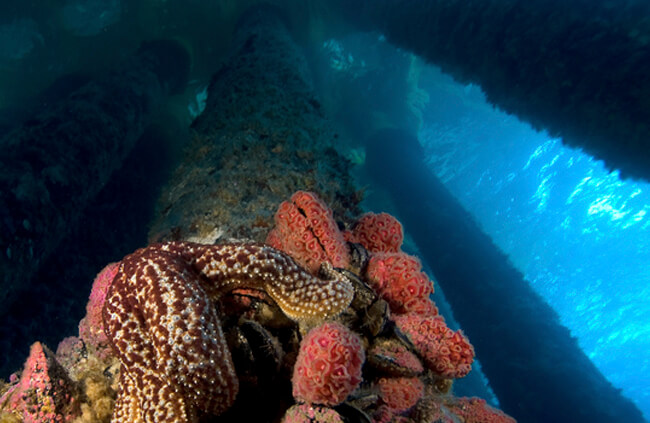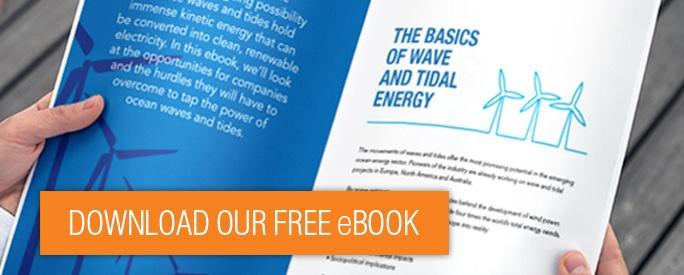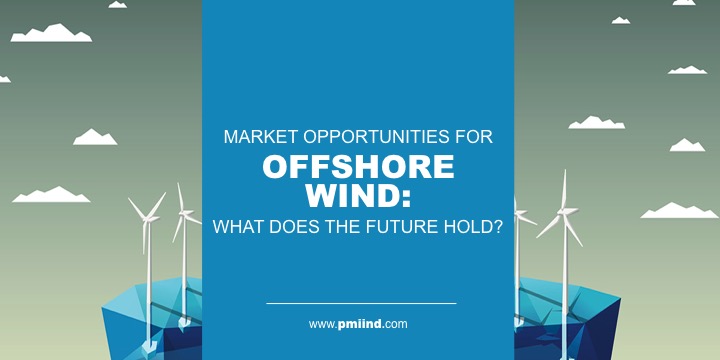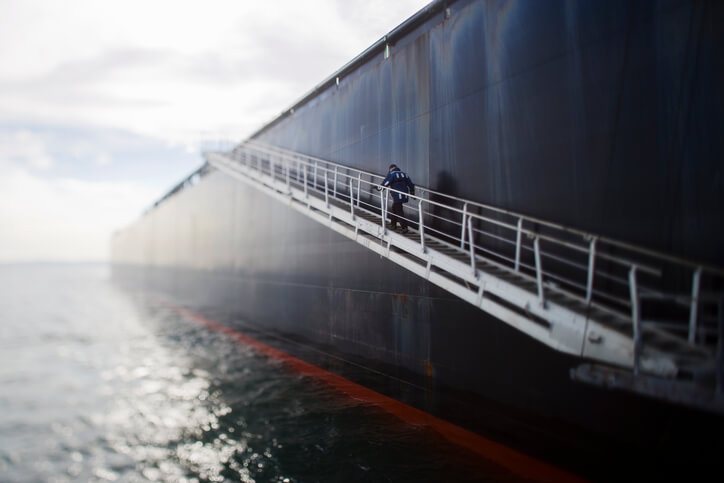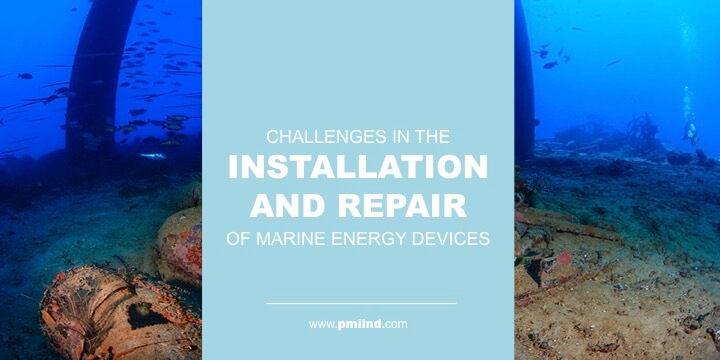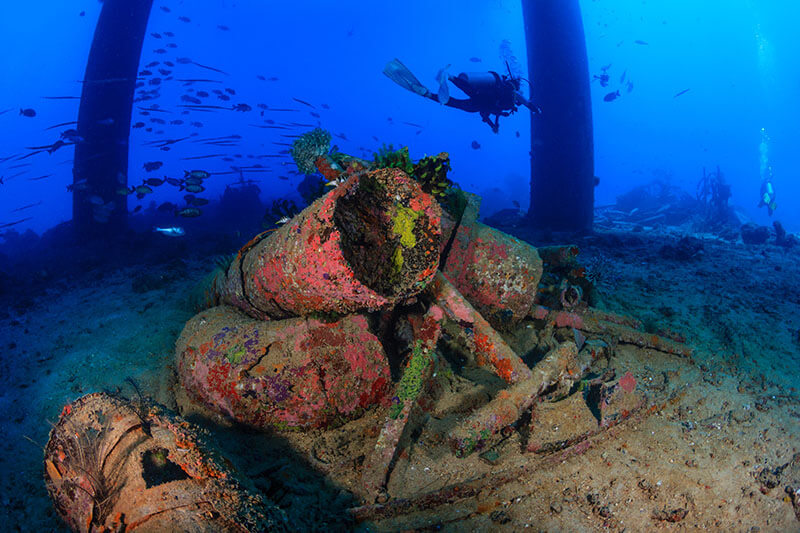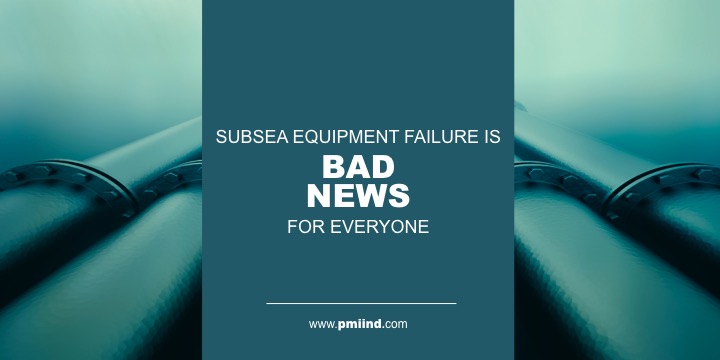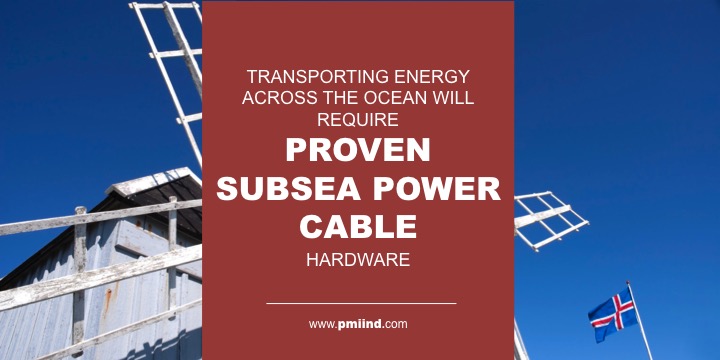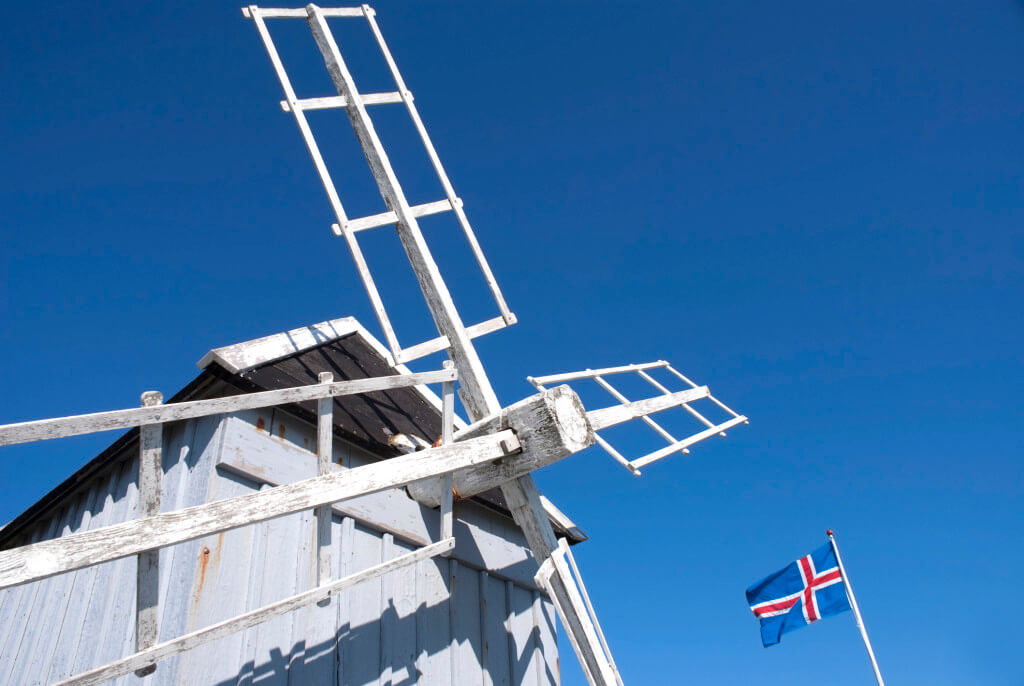Cleveland, OH—PMI Industries, Inc. is proud to announce that as of January 16, 2017, it has been ISO 9001: 2015 with Design certified with regard to the design, manufacture and distribution of offshore, subsea cable hardware assemblies and testing services.
PMI is delighted to serve our customers even better through the well-defined and documented processes this certification requires. While PMI has always been committed to quality in its products and services, this certification ensures a more productive environment through faster identification and resolution of quality issues, among many other benefits.
“This certification is a reflection of our longstanding commitment to quality, continuous improvement and our customers,” said Bob Schauer, President of PMI Industries, Inc. “We’re very proud of the dedication put forth by the PMI team.”
PMI partnered with Smithers Quality Assessments, an accredited quality and environmental management systems certification body, to achieve certification.
For more information about PMI Industries’ products and services for offshore oil and gas, please visit pmiind.com, and for more information about PMI Industries’ products and services in offshore renewable energy, please visit powerofpmi.com.
Generating electricity from waves or tides requires placing large mechanical devices in the middle of complex, fragile ecosystems. How will life respond to these intrusions?
Because we’re so early in the evolution of marine energy, environmental concerns post a host of serious questions, such as:
What have we learned from the development of artificial reefs?
Fixed structures in the ocean naturally invite the arrival of reef species, creating artificial reefs. If the introduction of reef species boosts the biodiversity of a marine energy project area, the development could be a net benefit.
However, if reef species include predators that wipe out local species that have no natural defenses, then the effect could be negative. Early projects will have to be studied intensely to see how this works out.
How will migratory species respond?
A large network of marine energy devices could force migrating mammals, fish and birds to change their travel paths. Even subtle changes can throw off reproductive rhythms that evolved over millions of years. If these changes make it harder for migrating species to reproduce, or weaken them so they are more vulnerable to predators, the cost could be substantial.
Will wave-energy devices change the dynamics of shallow shorefront ecosystems?
Dozens or hundreds of marine-energy devices in a well-defined region can affect the velocity of waves striking the shore. Small changes in the depths of tidal pools or the thickness of sand layers could influence species’ ability to feed and reproduce. How will we determine an acceptable level of risk or damage in these scenarios?
Can wave energy devices pollute local waters?
Marine energy devices require lubricants that could potentially leak and cause pollution. Furthermore, the substantial corrosive nature of seawater will wear these machines down quickly, expanding the risk of pollution. Granted, most devices would not carry enough lubricants to create a substantial oil spill. But persistent small leaks spreading over months and years could still have a profound impact.
Can devices survive exposure to pollutants?
The concerns over potential pollution by marine energy devices shouldn’t obscure the possibility that offshore sites might already be polluted with chemicals that could damage these devices. Even undisturbed sites pose a challenge: Could large chemical or oil spills disable devices installed in them?
What happens to fisheries?
The livelihoods of people in the fishing industry depend on healthy ecosystems that support fisheries. Any project will have to weigh the economic, social and environmental impact on coastal industries like seafood.
How will environmental regulations affect marine energy projects?
Regulators and rule compliance will be a fact of life for the marine energy sector. Developers will need to court the regulators to figure out exactly what it takes to stay compliant. Regulators may also conduct impact assessments that discover rare endangered species, which could grind everything to a halt.
Finding the right ways to draw energy from our precious oceans
The rise of marine energy is a natural progression for PMI, which has been providing rugged, durable cable accessories to the energy-exploration industry for decades.
Though we are enthused about the possibilities of marine energy, we respect the need to tap this energy source without damaging delicate marine ecosystems. Sure, that adds extra layers of time, expense and complexity. But it’ll be worth it to keep our oceans as healthy as possible.
The future of the offshore wind market depends on where you’re standing.
- In Europe, the offshore wind market is so well established that new generations of equipment are replacing obsolete machinery.
- In North America, the industry is so new that it exists largely on the drawing boards of offshore-wind developers.
- In Asia, it’s somewhere in the middle as China ramps up its offshore wind capacity.
Companies that feel like they’ve missed the boom in offshore wind power technology may have the chance to ride a new wave of innovation with the rise of marine energy technology.
Converting the solar and kinetic power of our oceans into cheap, practical electricity seems like a far-off hope right now, but at some point the temptation to dive deep into marine energy methods and devices will prove too irresistible to pass up.
That’s something we’re watching closely here at PMI. Supplying equipment to companies that work in the oceans is what we do. Estimates suggesting the earth’s oceans could theoretically supply up to four times the world’s total electricity demand have definitely grabbed our attention.
Admittedly, it’s unlikely the oceans will ever supply all of humanity’s energy needs. But marine energy can become part of a diverse portfolio of renewables technologies like solar, wind and geothermal that serve the world’s energy needs while reducing carbon output and limiting global warming.
Looking Back on the Rise of Offshore Wind
It’s helpful to step back and look at how quickly offshore wind power became a mature technology in Europe. In 1990, there were no offshore wind farms in European waters. At the end of 2015, more than 3,000 offshore wind turbines were up and running, according to the European Wind Energy Association.
How many people could have projected that kind of growth in, say, 1980?
Obviously, nobody knows what the future holds. Marine energy is extremely expensive to develop and difficult to deploy right now. But it might not always be.
Potential Products and Devices in the Marine Energy Sector
European companies are already developing turbines and other devices to generate power from ocean tides and waves. These are big, expensive technologies that require substantial investments of time, energy and expertise. The companies working on them hope to exploit first-mover advantage and export their technologies worldwide.
As a supplier of subsea cable management systems, we see some interesting possibilities as these technologies emerge:
- Attachment points: One of the big challenges with marine energy is fixing devices to the ocean floor. Connections must be strong enough to hold energy devices in place and built to fend off the corrosion of saltwater. And they must be unobtrusive enough to have low impact on the undersea environment.
- Underwater vehicles: In an age when self-driving cars are already on the roads of Silicon Valley, it’s easy to envision rising demand for small submarines that can be put to work monitoring, repairing and maintaining marine energy devices.
- Pipe joints: One intriguing technology combines cold water from deep in the ocean and warm tropical water at the surface and creates electricity by exploiting the temperature differential. Called ocean thermal energy conversion, or OTEC, this technology requires pipes as long as several kilometers. Flexible pipe joints can help these pipes survive in ocean currents.
This list barely skims the surface of the possibilities in this sector.
Where the Marine Energy Sector is Going
Wave and tidal energy are getting the most attention right now. Costs for commercial development are still too high for this technology to become mainstream right away, but an encouraging collection of pilot projects in Canada, Europe and Australia — combined with the work of companies developing marine power devices — could lead to discoveries that can bring these costs down and encourage further development.
At PMI, we build accessories that make it easier to use cables in the ocean. Given that all marine energy devices have to transmit electricity over cables, we’re excited about the potential of marine energy.
But we also think that companies in a broad range of industries should be exploring these technologies and looking for ways to bring new products to market. If history is any guide, the people who invent the technologies that move marine energy into the mainstream stand to be forerunners of the industry.
Turning our oceans into a reliable power source means putting complex devices in treacherous, ever-changing environments. The sea is much friendlier to sharks than to subsea power turbines.
PMI has been providing cable hardware for oil exploration and other subsea projects for decades, so we know only too well the challenges of putting anything in the ocean and expecting it to keep working. Salt water is extremely corrosive. Many materials are extremely vulnerable to corrosion. Subsea organisms attach themselves to devices and reduce their effectiveness. Storms create chaos.
Marine energy devices can have lots of moving parts, take up lots of space and become part of the subsea biome. These are all things marine energy companies will have to confront as they build out the marine energy sector.
Here are some of the challenges we’ve noted in our research on installing and maintaining marine energy devices.
Physical Equipment Considerations
High-strength synthetic rope termination: Steel cables that fix marine energy devices in place are extremely heavy. An attractive alternative is high-strength synthetic rope, which often has the strength of steel but substantially less weight. You don’t tie knots in this kind of rope to attach it to devices. You use termination hardware, much like the hardware PMI builds for steel cables.
Mooring lines: Wave energy devices move with the motion of waves and use technology to convert the kinetic energy in moving waves into electricity. Typically, mooring lines are fixed in place. Allowing them to move with waves creates a host of challenges.
Large-diameter pipe bending: An intriguing marine energy technology called ocean thermal energy conversion, or OTEC, requires large-diameter pipes that could be up to several kilometers long. The trouble with these pipes is they are rigid and prone to bending because of relentless movements of ocean waters. The solution is to add flexible joints to these pipes that work much like the expansion joints in bridges — giving the pipes more flexibility and extending their life.
Logistical Challenges
Small installation windows: Just as there are monsoon seasons on land, there are hurricane and typhoon seasons to deal with at sea. And even after these seasons fade, rough weather limits the time window for installing marine energy devices and fixing problems that crop up afterward.
Emergency retrieval: If a marine energy device breaks down or malfunctions in a way that presents an environmental threat, it may have to be retrieved as quickly as possible. This could require commissioning a ship and crew to retrieve the device on short notice, which can be extremely expensive.
Cable-laying methods: Cable-laying technology is mature and efficient, but it’s also extremely complex, requiring people who know how to deploy cable in ways that reduce the threats from ship anchors and submarine landslides. And the more cables get installed underwater, the more complex cable laying and maintenance becomes. Damaging an existing cable while trying to install a new one will be a persistent risk.
The rough terrain of the seabed presents another challenge. These high-energy environments have long been avoided because of the challenges they present, but now we must overcome those challenges in order to harvest the energy.
Environmental Issues
Biofouling: Algae, protozoa, and many more aquatic species attach themselves to the exterior surfaces of everything that goes underwater — anchors, ropes, pipes and marine energy devices themselves. Biofouling has to figure in any maintenance plans marine energy developers devise.
Device anchoring: Devices like tidal turbines that are installed on the ocean floor have to be anchored. Some anchors require drilling into the seabed, which can threaten delicate undersea environments. The challenge is to design and install anchors that have the lowest environmental impact while still being rugged enough to survive for decades in the ocean.
Unique and demanding terrain: Coastal topography varies widely from one continent to the next, so technology that works fine off the coast of France might be useless off the coast of Japan. This challenge holds worldwide: Tidal energy requires large tidal movements. Wave energy requires consistent wave movements. All these variables make it difficult to create technologies that can be standardized and scaled to reduce installation and maintenance costs.
What We See on the Horizon
At PMI, we already supply some of the world’s most advanced subsea cabling hardware, so our technology is poised to help address some of these challenges. Things look good to us right now, and the future looks even more promising.
As Europe pushes to get 20 percent of its energy from renewable sources by 2020, there will be social and political pressure to develop technologies like marine energy. That should create ample opportunities for companies to dip their toes in the water of marine energy technology.
Marine energy is a beguiling concept because our oceans have massive energy potential. Oceans can produce kinetic energy and store solar energy, both of which can be converted into electricity to replace fossil fuels that contribute to global warming.
But surface water on our planet also produces significant challenges: it’s turbulent, corrosive and teeming with life. Coastal areas are pivotal to local economies. Developing marine energy devices to tap the energy of the world’s oceans is rife with difficulties that boil down to six pivotal concerns.
Cost of Development
There’s no way to avoid the huge costs of developing first-generation marine energy technologies. For instance:
- Scientists must get funding to develop and test hypotheses.
- Engineers must find practical ways to convert research findings into effective mechanisms.
- Prototypes must be developed using components that can withstand brutal ocean environments.
And all this must happen before moving to the manufacturing process, which imposes a new set of development costs.
Legal and Regulatory Hurdles
Oceans are shipping lanes and fisheries. Coastlines are prime tourist destinations. Waterways play a huge role in economies around the world, and all economies have legal and regulatory challenges.
These are the complications entrepreneurs have to think about before they wade into the uncharted waters of marine energy development. They’re reluctant to pour a lot of time, energy and money into projects that could get mired in litigation and regulation.
Political Support
It’s one thing to bring a new car factory to town with the potential to create thousands of jobs. Marine energy device developers can’t make those kinds of promises.
Also, marine energy is so new that few people at the political level understand its potential. That makes it difficult to rally voters who can lean on politicians to encourage marine energy development.
Also, public subsidies for renewables development can become extremely controversial if voters decide they haven’t gotten a good return on their investment. Because all politics is public, developers might not want to see their names in the headlines if their projects become a political liability.
Social Support
The public also has no idea of the potential for marine energy devices, so it’s hard to tap a deep vein of public popularity to encourage investors and entrepreneurs to enter the sector.
Furthermore, devices could be installed in places where the public can see them and object to changes in their favorite scenic ocean views. And they might wonder about what will happen to our oceans if we install these devices in them.
Environmental Concerns
All waterways are delicate ecosystems that are easy to knock out of balance. Installing rigid metal devices on the sea floor will create artificial reefs that could lure invasive species that have a survival advantage over the animals that are already there.
Devices also generate sounds that can affect some subsea species. The spinning blades of subsea turbines can potentially kill or injure fish and aquatic mammals.
Large numbers of devices in the water might also interrupt the migration patterns of fish and mammals, tripping up local fishers that depend on them for their livelihoods.
Levelized Cost of Energy (LCOE)
Levelized cost of energy (LCOE) is a complex calculation that can be used to compare the cost-effectiveness of competing energy sources. For instance, the LCOE of offshore wind installations is about two-and-a-half times higher than land-based wind power, according to the U.S. Energy Information Administration.
Post renewable energy sources have substantially higher LCOE than natural gas or coal, and some estimates say that marine energy devices have a LCOE as much as double that of natural gas or coal.
All of these challenges await anybody who ventures into the marine power device sector. The risks are large, but the rewards of devising technologies that can free us from fossil fuel dependencies could be even bigger — especially to those who come up with the most transformative devices.
Have time to discuss ideas? Click Request A Quote and we’ll be in touch shortly.
 Subsea power grids require two major kinds of ocean equipment: subsea power cables to convey electricity to the grids, and generating equipment to distribute electricity to pumps and other devices required to find and extract crude oil.
Subsea power grids require two major kinds of ocean equipment: subsea power cables to convey electricity to the grids, and generating equipment to distribute electricity to pumps and other devices required to find and extract crude oil.
Even in a time of depressed petroleum prices, oil companies still value deep ocean engineering and they like the prospect of placing power grids on the sea floor because the grids improve the efficiency of the extraction process, which helps hold the line on production costs. When the oil market inevitably rebounds, companies with the most efficient production processes will reap the greatest rewards.
Let’s look at some of the ocean hardware that will go into these subsea systems:
- Transformers: These take power from the surface — either from the mainland or a floating platform — and convert it into the voltage needed at the undersea grid level.
- Switch gear: Switches adjust the flow of electricity to the deep-sea components that need it. If a pump needs different voltage than a compressor, switch gear takes care of that job.
- Variable-speed drives: An oil-drilling pump needs to run at multiple speeds to achieve maximum efficiency. VSBs make this happen.
- Cables: Cables carry energy from the surface to the grid and distribute it to the transformers, switch gear, variable-speed drives and any other ocean hardware in the grid.
Why deep-sea power grids are so attractive
Oil drillers need a lot of power to extract oil from below the deep sea. A deep-sea power grid allows power to be distributed to dozens of pieces of subsea hardware across a wide expanse of the sea floor.
A site developing a deep-sea oilfield becomes much easier to operate if power sources are on the sea floor near the point of extraction. Without a grid, power can be sent down via cables to equipment within a very limited expanse. A grid dramatically expands the area of sea floor that has available power.
Challenges for deep-sea equipment
Companies are designing subsea grids that can operate for up to 30 years in up to 10,000 feet of water. That places immense pressure on the equipment and requires precise engineering to protect delicate electrical components.
Saltwater is extremely corrosive, and undersea creatures like to attach themselves to any structures they can find. Fishing fleets drag deep nets that can become entangled in deep-sea equipment, and ship anchors have the potential to damage or cut subsea power cables.
Robust ocean equipment is the answer
Subsea energy companies understand the extreme terrain and know they need to build robust gear to provide reliable systems that can last decades. That also means they need to rely on proven ocean hardware that is high quality, highly reliable and fully flexible.
Offshore renewable energy solutions might be new to the world, but we know that all ocean equipment requires deep ocean engineering experience. And for over 60 years, PMI Industries has provided ocean hardware that increases efficiency, reduces failures, and improves installation and deployment time.
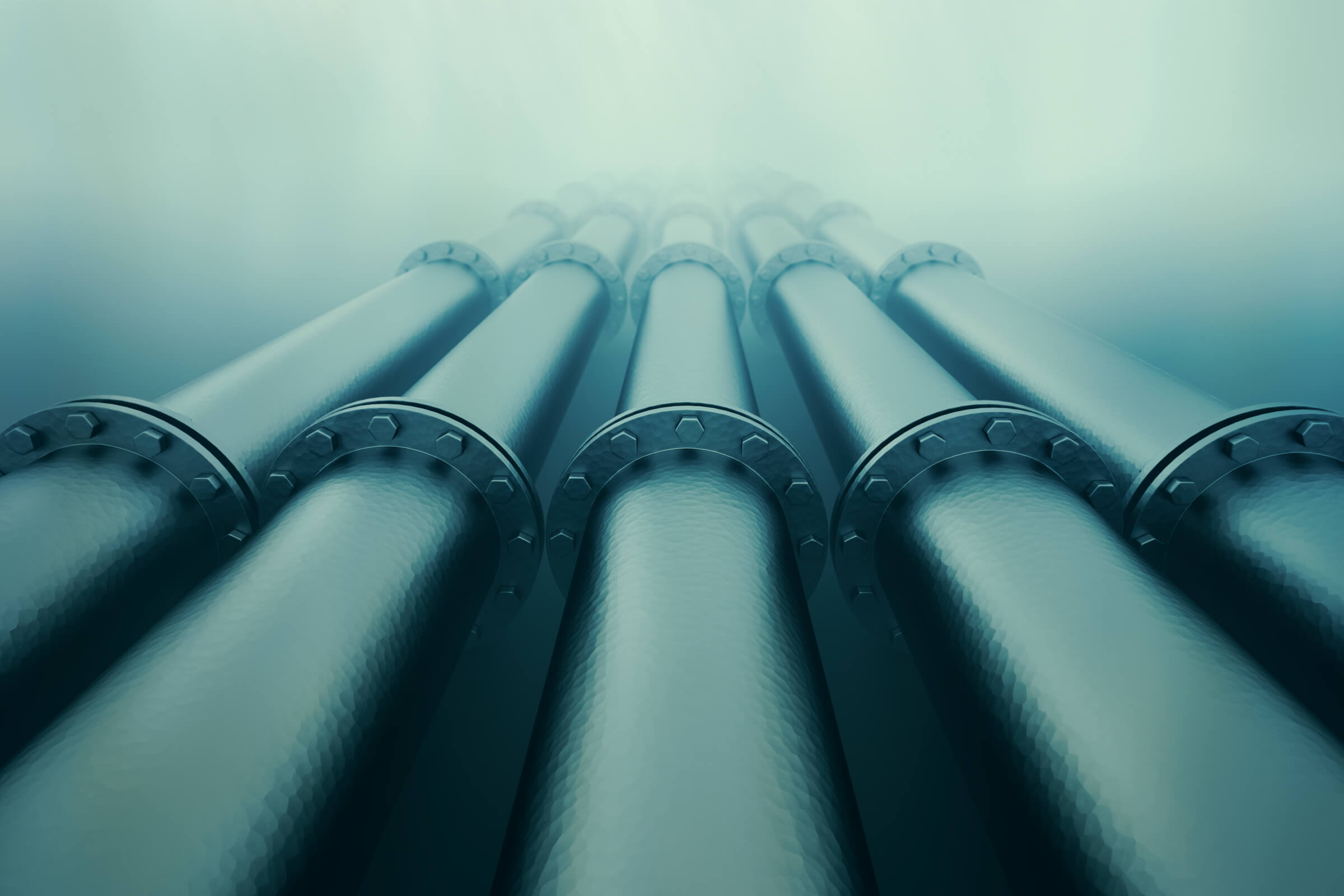 Whether they are lifting oil from deep below the seabed or experimenting with data centers on the ocean floor, anybody getting work done below sea level lives in perpetual fear of subsea equipment failures.
Whether they are lifting oil from deep below the seabed or experimenting with data centers on the ocean floor, anybody getting work done below sea level lives in perpetual fear of subsea equipment failures.
This is especially true as oil-development machinery equipment installed decades ago reaches the end of its projected operating life. What do you do with 20-year-old machinery that was built to last 20 years? Replace it now or wait for it to fail?
Either way, it will not be cheap. How can companies mitigate the risk of subsea equipment failures? A few tactics spring to mind:
Dive deeper into predictive maintenance
With today’s high-powered computers, databases, and networks, it’s getting much easier to collect data that will provide authoritative data on the likely expiration of subsea equipment. Of course this requires sensors that measure the conditions of equipment, and cabling to convey all that data to the surface.
It’s not an easy or a quick fix, but it should be built into any process of replacing or upgrading any new equipment being installed now. Forward-thinking drillers who do this today will reap far more benefits when oil prices inevitably recover.
Invest in more in-depth training
Subsea equipment fails for highly specific reasons that might be invisible to people who make routine checks and are trained to look for only a few data points. The key is to amass the knowledge of your most senior technicians and develop protocols to pass their advanced knowledge onto your junior technical staff.
Again, the oil market downturn can be a boon to advanced training because you can provide more in-depth training to smaller technical staffs. When repair and maintenance crews have to be ramped up in a year or two, you can implement your advanced training regimen to a wider audience.
Broaden your approach to integrity management
Integrity management has three anchors: inspection, maintenance and repair (IMR). You want to address all three holistically so that any change in one anchor is reflected in the others.
Deep-sea inspections can be logistically difficult and repairs can be disastrously expensive. That’s why so many companies are turning to data to help them understand the likelihood of failure so they can get every last minute out of a piece of subsea machinery but replace it before it actually fails and causes massive downtime or, worse yet, an environmental disaster.
There’s no question that all phases of IMR are costly, but the consequences of neglecting IMR are far worse. There will always be a temptation to cut corners on the quality of your subsea equipment, but these short-term savings can get extremely expensive if the equipment fails unexpectedly, endangering investments, ecosystems and people’s lives.
As a leading underwater engineering company, PMI has more than four decades of experience in creating subsea hardware for the oil and gas industry. Our track record of providing world-class cable hardware also can be a huge advantage companies in the emerging fields of offshore wind and tidal energy.
Want to learn more about deep-sea hazards? Download our Free Guide – the 6 types of corrosion that concern underwater engineering companies.

The island nation of Iceland has more renewable energy than it needs. Great Britain wants to use more power from renewable sources. A 1,000-kilometer submarine power cable could conceivably help Iceland export its surplus renewable power and help Great Britain meet its renewables goals.
All this is possible because of the advantages of high-voltage direct current (HVDC), which makes it more practical to transmit power over long distances via submarine power cables. Electrical grids around the world generally use alternating current (AC) because it’s more economical over short distances.
The problem with AC is it becomes less practical the farther the power has to be transmitted. When power has to be transmitted distances in measuring in the hundreds of kilometers or more, it becomes much more sensible to use high-voltage direct current.
Using HVDC to move lots of power over long distances is extremely helpful in developing nations like China that have rapidly emerging energy demands. But another of the great opportunities for HVDC lies deep below the ocean with subsea power cables.
Long-distance subsea power cables have a host of applications:
- Windfarms located far offshore. Wind is more abundant far away from shore, and many near-shore sites have already been developed. Submarine power cables using HVDC make these remote windfarms practical.
- Subsea electrical grids. Electrical grids beneath the ocean are being developed to improve the productivity of off-shore drilling operations. HVDC could allow them to be powered by production facilities on dry land.
- Metro areas where it’s impractical to build new power plants. In the San Francisco Bay Area, for instance, subsea power cables can extend power across the bay and avoid the need to build new power generating capacity.
This potential sounds awesome until you hear the statistics on how long it takes to repair a damaged submarine power cable. It can be days, weeks or months depending on the location and the severity of the damage.
The rugged reality of deep-ocean engineering is that it only takes one fishing trawler or cargo ship anchor to foul up a deep-sea power transmission plan. That’s why subsea cable protection is so important.
Providing that kind of protection has kept PMI in business for more than four decades, engineering rugged, durable ocean hardware for companies and projects around the globe.
Our deep ocean engineering experience helps enable the world-changing potential of renewable power. No matter how breathtaking the advances in technology, if the power has to be sent through subsea cables, those cables need extra protection that our ocean hardware provides.
Our guide, 6 Ways to Extend Your Subsea Power Cable Life, can provide more insight into increasing the longevity of your subsea cables. Download the free guide today:

We’ve gone in depth before on how cable terminations are used , now we’re going to explain what sets our terminations apart from the competition.
Many current terminations require an epoxy/polish method of installation. There are many disadvantages to using epoxy. If you’re using heat-cured epoxy, it takes a ½ to cure, but you need an oven to cure it. Room temperature epoxy doesn’t need a special oven, but the cure time can be 2-3 hours or more. When researchers are spending days or weeks out on the ocean gathering information, time is of the essence.
Other terminations on the market don’t use epoxy, but require specialized equipment to install or require extensive cable preparation before installation. In addition, many epoxy-less terminations have a higher connector cost.
PMI provides quality epoxy-less terminations for your ROV needs. Here are 5 that the EVERGRIP Helical Gripping Termination is your ideal solution:
- Faster Installation
The EVERGRIP termination is field installable and easily applied – usually in 30 minutes or less.
- No Special Tools Needed
Our product requires no additional tools or cable preparation to install
- Less Down Time
With the EVERGRIP, there is no need to wait for a termination/retermination to cure.
- Strain Relief for Cables
The special helical rod design relieves strain from the cable. We also have BSR solutions for additional strain relief to prolong cable integrity.
- Reuseable
The housing of EVERGRIP can be used – a Retermination Kit comes at a much lower cost than purchasing a new termination
As new challenges are placed on the ROV industry, PMI continues to provide new solutions to meet those challenges. Whether it’s greater strain capabilities, faster installation or higher cost savings, PMI has the capability to develop and supply the highest quality and reliability solutions.
To read more advice on choosing the best subsea terminations for your project, download our checklist:
7 Questions You Should Be Asking About Your Subsea Terminations


